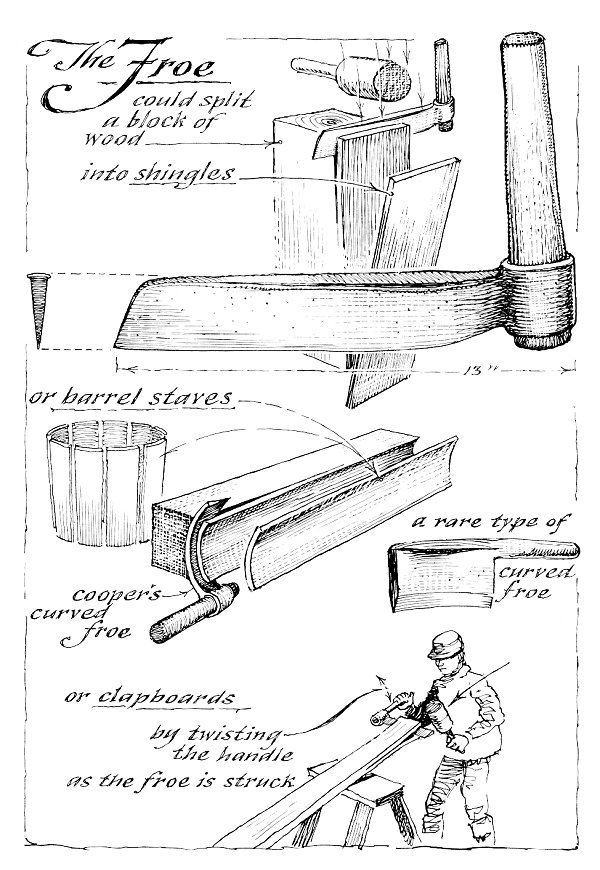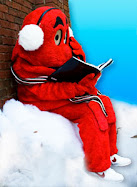
It was another beautiful day today in Bowling Green, and a beautiful day in the classroom as we worked diligently at the difficult work of stocking our writer's toolbox. We began today, as we'll begin each day of class from now on, with a morning warm-up to stretch and strengthen our creative muscles. Today's warm-up featured three fill-in-the-blank-style exercises in figurative language. Cracking open their newly Mod-Podged writer's notebooks, the class got down to the business of creating original and exciting similes and metaphors, honing their skills with figurative and descriptive language as well as strengthening their vocabulary.
After we'd warmed up, we were ready for the race. We spent the morning discussing poetry and answering the all-important question: what makes a poem a poem? After sifting through the traits that many poems share -- rhyme, rhythm, meter, line-breaks, and the use of line breaks -- we finally arrived at a conclusion: a poem is a poem because of its language. The language of a poem is far from the language we use in everyday life, and learning how to read and write poetry is akin to learning how to read and write a foreign language -- in many ways, a poetry writing class is more similar to French I than English 101! This foreign language consists mainly of imagery, or sensory detail, the subject we spent most of the day discussing. Moving from Pound's definition of the image as a "vortex," or a complex of meaning and emotion implied by concrete imagery, we learned the great and wondrous possibilities of this language, through which one can experience the way another person experiences the world.
Much of the class was spent learning how to perform a close reading of a poem, concentrating in particular on the balance between imagery and abstraction -- in other words, we worked together to discover the basic "grammar" of the language of poetry. After analyzing the ways in which five different poets made us of the image, we finally landed upon that famous -- and infamous! -- poem by Ezra Pound, the unofficial King of Imagery:
In a Station of the Metro
The apparition of these faces in the crowd;
Petals on a wet, black bough.
Through this brief but beautiful and hauntingly evocative poem, we were able to see the true power -- and possibility -- of the image. After learning how to read the language of poetry, we spent most of the day trying to speak it. Apart from crafting our own variations on Pound in two-line poems, we learned how to observe and incorporate outside information in a smooth and fluid way. The Kentucky Historical Society's HistoryMobile offered us an opportunity to learn about Lincoln through its traveling (and, thankfully, air-conditioned) exhibit. After a journey through the HistoryMobile's magical sliding doors, we headed back to the classroom to read selections from poet and martial artist Loren Goodman's Famous Americans, the Yale Younger winning book of poems which present a refreshingly honest and frankly funny view of historical events and figures. We read Goodman's poems on Heisenberg and on Franklin, both of which borrow traditionally non-poetic forms in order to tell the truth about history and, more importantly, the way history is told. Here, we learned the essential lesson that the truth and the facts are not always identical.
Stay tuned for the Prodigeeys' first posting as they present their twisted history poems to you tomorrow!


No comments:
Post a Comment